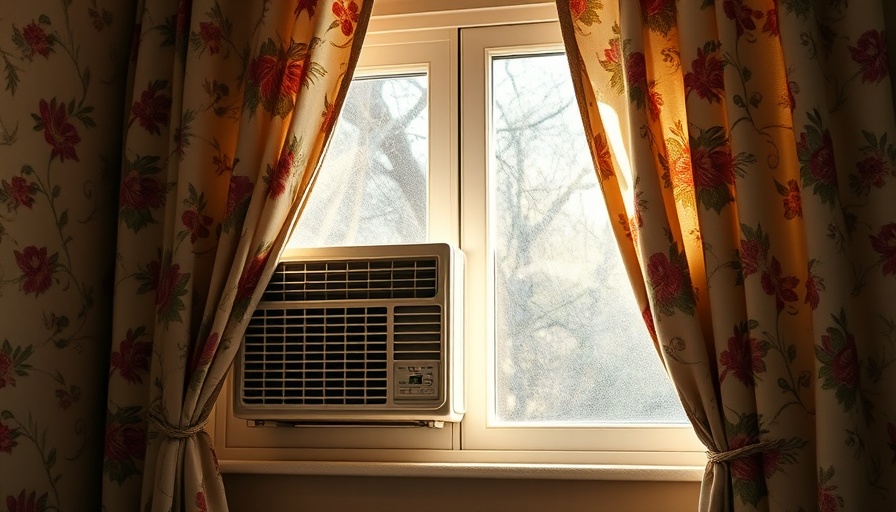
The Rising Threat of Extreme Heat
As the globe heats up, residents in California are facing an unprecedented threat: extreme heat. The climate crisis has not only escalated heatwaves but has also intensified concerns over public health. With about 1,220 fatalities in the United States attributed to extreme heat every year, the urgent need for regulations that protect renters from excessive indoor temperatures becomes starkly clear.
Housing Standards: A Necessary Shift
In a groundbreaking report, California’s housing officials are advocating for a significant change in residential cooling standards. The proposal suggests establishing a maximum safe indoor air temperature of 82 degrees Fahrenheit, which could potentially position California as a leader in climate-responsive housing regulations. This report comes as no surprise, given that many cities have already implemented measures to address the dangerous effects of heat stress on vulnerable populations.
Comparative Regulations: A Nationwide Perspective
While this initiative is ambitious, it's prudent to compare California's efforts with other U.S. cities facing similar climate challenges. Areas such as Phoenix, Dallas, and New Orleans have already set local standards that advance tenant protection against extreme heat. This context underlines that California’s suggested regulations are not merely aspirational; they reflect a growing national awareness of the impacts of climate change on everyday lives.
Political and Economic Hurdles Ahead
However, the path to implementing these recommendations is fraught with obstacles. The housing industry, powered by a coalition of landlords and builders, has historically opposed such measures, citing high costs associated with installing air conditioning and other cooling systems. Critics argue that without substantial financial support or tax incentives, small property owners may struggle to comply with mandatory upgrades, potentially pushing them out of the market.
A Call for Balancing Act: Protecting Renters and Supporting Owners
The nuances of this legislative proposal reveal the need for a delicate balance between protecting renters and ensuring that property owners can manage the financial implications of required upgrades. Experts suggest that creating incentive programs for retrofitting homes could facilitate this transition, ensuring renters can live comfortably without placing excessive burdens on landlords.
Future Predictions: Hotter, Deadlier Days Ahead
According to the National Oceanic and Atmospheric Administration, global warming trends indicate that extreme weather will continue to become more severe. With this in mind, California's legislative action could be viewed as an essential step to stave off future spikes in heat-related health issues. Ensuring comprehensive standards for residential cooling not only protects current renters but also sets a precedent that could influence housing policies nationwide.
Concluding Thoughts: The Path Forward
As discussions around climate change intensify, it is crucial for lawmakers, property owners, and renters to engage in meaningful dialogue. It’s about creating livable communities where health and well-being thrive, even in the heat of summer. Innovative solutions exist, and robust partnerships can help lead the way to a cooler, safer living environment for all Californians. The journey to effective legislation may be long, but the potential benefits for Californians are immense. It's time to take these recommendations seriously—lives depend on it.
 Add Row
Add Row  Add
Add 




 Add Row
Add Row  Add
Add 

Write A Comment